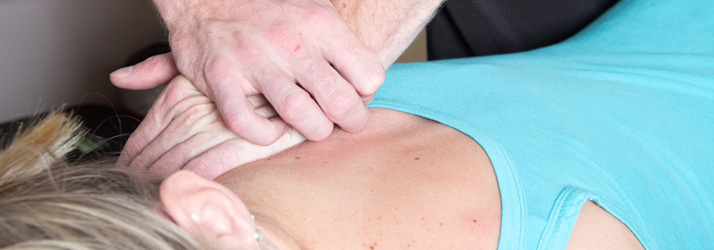Chiropractic Care

The Chiropractic profession offers many techniques, philosophies, and patient care models. Among all the variability, the one uniting element is the Chiropractic Adjustment. In simple terms, a Chiropractic Adjustment in Portsmouth NH, New Ipswich NH, or Rindge NH is a specific force applied by the doctor with his/her hands to reposition and "free-up" a joint that is misaligned and/or restricted ("stuck").
What Does Chiropractic Help?
Restricted joints are problematic because they do not allow full motion to take place. Without this full motion, correlating joints and soft tissues (muscles, ligaments, tendons, fascia, nerves) suffer by being under or overused.
Restricted joints can cause the muscles that control them to become overused and they break down resulting in such conditions as tendonitis, muscle strains, and nerve entrapment (ie. carpal tunnel syndrome). Another response to misaligned or restricted joints, especially in the spine, is that they will send messages to the surrounding muscles that attach to them, telling them to spasm and lock the area down. Now pain is coming from two sources - the misaligned joint and the surrounding muscles that are in spasm.
Restricted ("stuck") joints place increased burden on the surrounding joints by having them make up for the motions lost, which leads to biomechanical alterations that you may or may not be aware of. In addition to increasing the work load on surrounding joints, a restricted joint will also suffer itself from a lack of nourishment. Most joints rely on motion to create an osmotic effect that helps to pull in nutrients from the surrounding tissue and to get rid of waste products that all cells produce. Without full range of motion, a joint will build up waste products and will not receive adequate nutrients, all which may lead to faster degeneration and arthritis.
The chiropractic doctor will determine which joints are misaligned and/or restricted by using their hands to feel and induce motion. Then, with a precise contact and direction of the doctor's hands the Adjustment is performed. Each adjustment can be tailored to what is best for the individual patient, whether it be manual, joint mobilization, drop-technique, low-force Activator, or using Flexion-Distraction.



